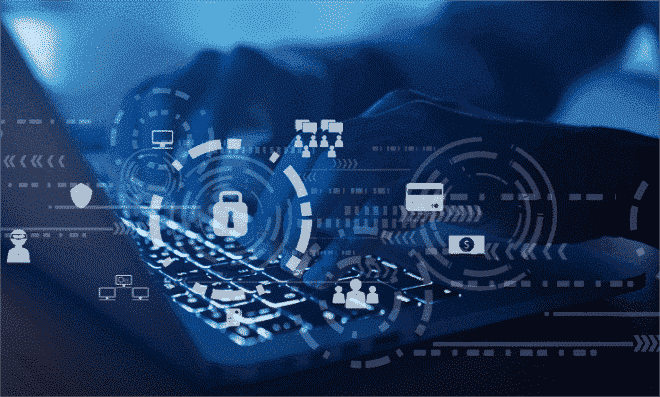Open Source Intelligence Lifecycle: Collection
Related: Open Source Intelligence Lifecycle: Planning and Guidance
Never use a personal account for open source intelligence investigations.
Remember to use a separate Internet identity and disassociate from personal accounts.
In addition, applications and social media platforms collect large amounts of data that can be used to fingerprint and associate users with different accounts. Therefore, the following actions are expected to be observed:
1. Use VPN services
2. Use an anti-association browser, or a privacy browser.
3. Use virtual machines or even dedicated hardware
4. Do not interact with any real accounts in any way.
Once the intelligence analyst has developed an investigative plan and completed the basic steps in the planning and guidance phase, the next step is to collect.

The second phase of the intelligence lifecycle is collection.
In this phase, the intelligence analyst needs to collect relevant information and data from a variety of sources in order to obtain the intelligence needed. Typically, this phase includes the following steps:
1. Define intelligence requirements
The intelligence analyst needs to understand the needs of the intelligence consumer, determine what kind of intelligence they need and for what purpose, and plan the collection plan based on this information.
2. Retrieve information
Intelligence analysts need to search and assemble relevant information, including open data, academic publications, news reports, social media information, data on the Web, specialized databases, etc.
3. Collect and acquire data
The relevant data for the target may be time-sensitive. Remember, the collection phase is not the time to stop and think about the content of the data, and a good set of relevance algorithms is worth having.
The quality and credibility of the intelligence depends heavily on the accuracy and timeliness of the information sources.
In the process of collecting and acquiring data, intelligence analysts need to understand and apply a variety of collection techniques and methods to ensure that the data acquired is sufficiently credible and informative. These techniques and methods include:
a. Interviews: Intelligence practitioners need to conduct interviews and interviews with relevant personnel to understand the information and views they have.
b. Investigation: By collecting and integrating various intelligence information from the surrounding area, in-depth investigation and research on the target.
c. Reconnaissance: Special reconnaissance techniques are used to collect intelligence, such as drones and satellite technology.
d. Open data: Intelligence workers need to collect and access existing open data, such as images, videos, text, etc.
e. Social media: Obtain and collect key information through social media and other online channels.
f. Databases: Obtain information data from various specialized databases.
In the process of collecting and acquiring data, intelligence analysts need to carefully screen and filter the data to ensure its credibility and value, and store the data in the appropriate information database for subsequent analysis and utilization.
4. Data pre-processing
Consolidate and organize data for better analysis and exploitation. Intelligence analysts need to filter, sort, classify, code, and tag data to make it more readable and analyzable.
5. Validate data
Data is validated through comparison, repetition, cross-checking, and confirmation to ensure accuracy and credibility.
In summary, the collection phase of the intelligence life cycle is one of the most critical steps in the intelligence life cycle, as it is the basis for conducting the analysis and production steps. In this phase, intelligence practitioners need to carefully analyze and process a variety of information and data to obtain the required intelligence.
【Dark Web】●5 Awesome Dark Web Links
【Artificial Intelligence】●Advanced tips for using ChatGPT-4
銆怰esources銆戔棌The Achilles heel of AI startups: no shortage of money, but a lack of training data
銆怤etwork Security銆戔棌9 popular malicious Chrome extensions
銆怰esources銆戔棌The 27 most popular AI Tools in 2023
【News】●AI-generated fake image of Pentagon explosion goes viral on Twitter
銆怬pen Source Intelligence銆戔棌5 Hacking Forums Accessible by Web Browsers
銆怤ews銆戔棌Access control giant hit by ransom attack, NATO, Alibaba, Thales and others affected



